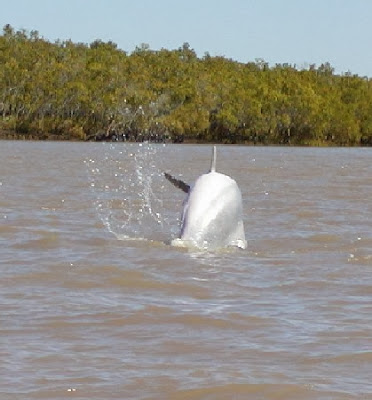Abstract
On the basis of molecular phylogenetics, pollen morphology and macromorphology, a new genus of the tribe Miliuseae, Hubera, segregrated from Polyalthia and allied to Miliusa, is established and described. It is characterized by the combination of reticulate tertiary venation of the leaves, axillary inflorescences, a single ovule per ovary and therefore single-seeded monocarps, seeds with a flat to slightly raised raphe, spiniform(-flattened peg) ruminations of the endosperm, and pollen with a finely and densely granular infratectum. Twenty-seven species are accordingly transferred to this new genus.
Key words: Malmeoideae, molecular systematics, Old World floristics, Paleotropics, palynology
Hubera Chaowasku, gen. nov.
Type: Hubera cerasoides (Roxburgh 1795: 30) Chaowasku.
Etymology: Named in honour of Prof. Herbert Huber (1931-2005), who was the first to distinguish the three clades discussed in the present paper: Hubera (clade A), Monoon, and Polyalthia s.s. as informal groups of Polyalthia sensu lato based solely on morphology (Huber 1985).
Distribution: Twenty-seven species are formally transferred here (
academia.edu); they are distributed from East Africa and Madagascar through southern and southeastern Asia to Malesia and the southwestern Pacific. It is anticipated that when the species of
Hubera are thoroughly revised, an additional 10–20 species will be added.
 |
FIGURE 2. Flowers/fruits of representative species of clade A, Monoon, and Polyalthia sensu stricto. A–C, G. Clade A. A. Polyalthia cerasoides. B, G. Polyalthia jenkinsii. C. Hubera sp. 4. D, H. Monoon. Monoon sp. E, F, I. Polyalthia sensu stricto. E, I. Polyalthia parviflora. F. Polyalthia submontana.
Photographs: A, Mr. Outlander from siamensis.org; B, G, K. Aongyong;
C, U. Treesucon; D, E, H, I, S. Gardner; F, L. Jessup. |
Chaowasku T., Johnson D.M., Van der Ham R.W.J.M. & Chatrou L.W. 2012. Characterization of Hubera (Annonaceae), a new genus segregated from Polyalthia and allied to Miliusa. Phytotaxa. 69: 33–56.
http://www.academia.edu/2035716/Characterization_of_Hubera_Annonaceae_a_new_genus_segregated_from_Polyalthia_and_allied_to_Miliusa
Summary
A replacement generic name, Huberantha Chaowasku, is proposed for the recently described genus Hubera Chaowasku segregated from Polyalthia Blume because the name Hubera has been recommended to be treated as a later homonym of Huberia DC. (Melastomataceae) by the nomenclature committee for vascular plants. Consequently, new combinations of twenty-seven species presently recognised are made under Huberantha.
Key Words: New combination, nomenclature, Polyalthia
Huberantha Chaowasku, nom. nov.
Type: Huberantha cerasoides (Roxb.) Chaowasku.
http://www.ipni.org/urn:lsid:ipni.org:names:77146143-1
Replacement name for Hubera Chaowasku, in Chaowasku et al., Phytotaxa 69: 46 (2012), nom. illegit., non Huberia DC.
Etymology. The replacement name Huberantha means “Huber’s flowers”. Similar to Hubera (see Chaowasku et al. 2012: 47), it is also named in honour of Prof. Herbert Huber (1931 – 2005), but Huberantha highlights the importance of flowers (and structures associated with flowers [pollen] or derived from flowers [seeds]) as features to distinguish this genus from several morphologically similar genera in tribe Miliuseae, i.e. Marsypopetalum Scheff., Monoon Miq., Polyalthia s.s., and Trivalvaria (Miq.) Miq. (Chaowasku et al. 2012; 2014).
Tanawat Chaowasku, David M. Johnson, Raymond W. J. M. van der Ham and Lars W. Chatrou. 2015.
Huberantha, a replacement name for
Hubera (Annonaceae: Malmeoideae: Miliuseae).
Kew Bulletin. DOI:
10.1007/s12225-015-9571-z
ResearchGate.net/publication/276293258_Huberantha_a_replacement_name_for_Hubera_(Annonaceae_Malmeoideae_Miliuseae)













































